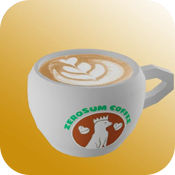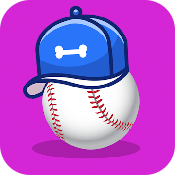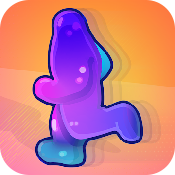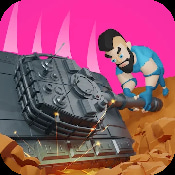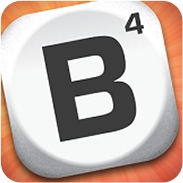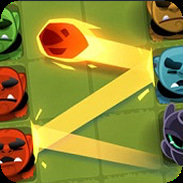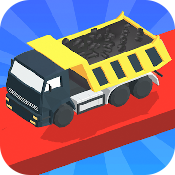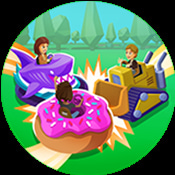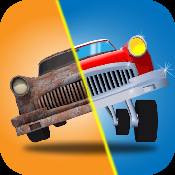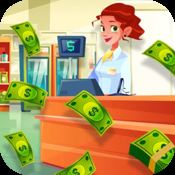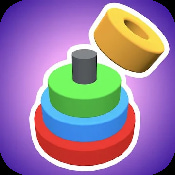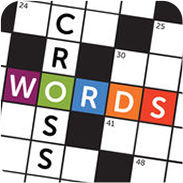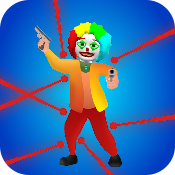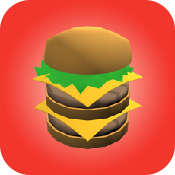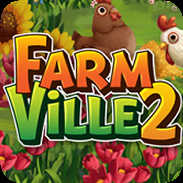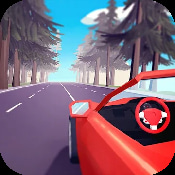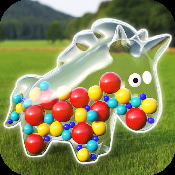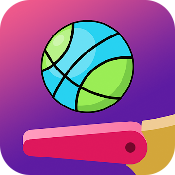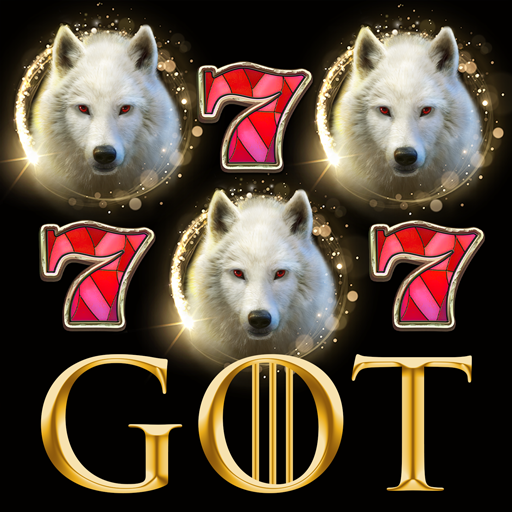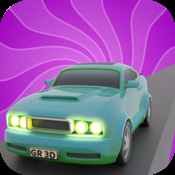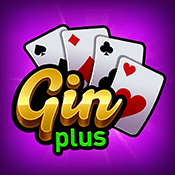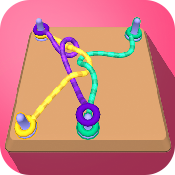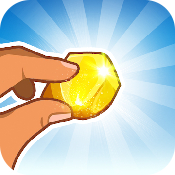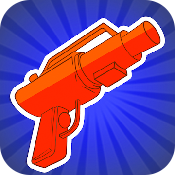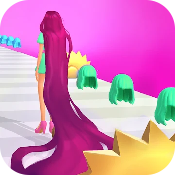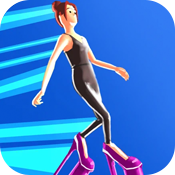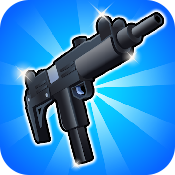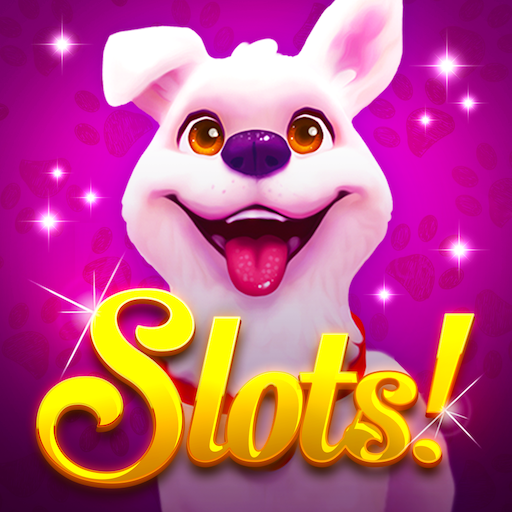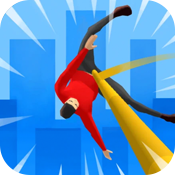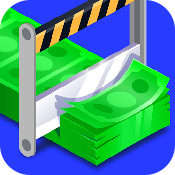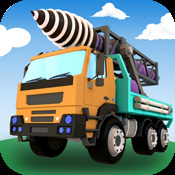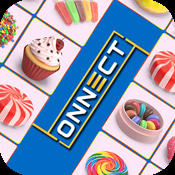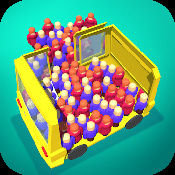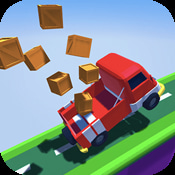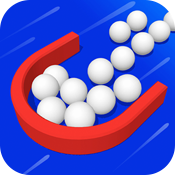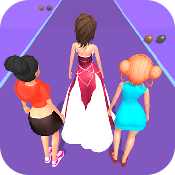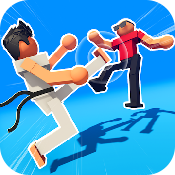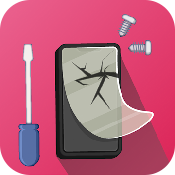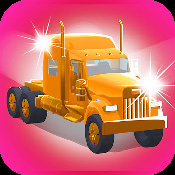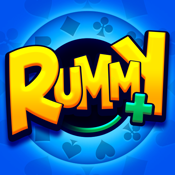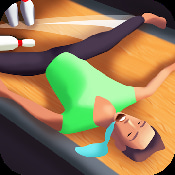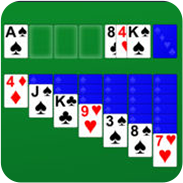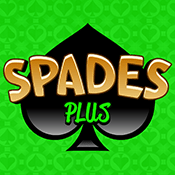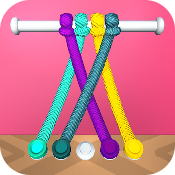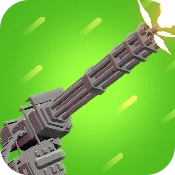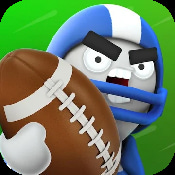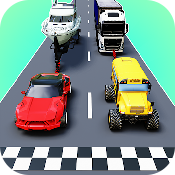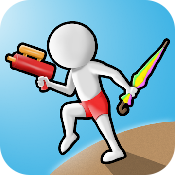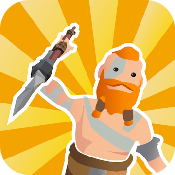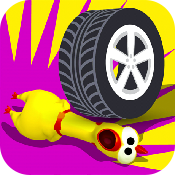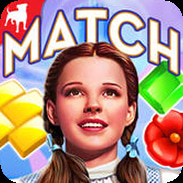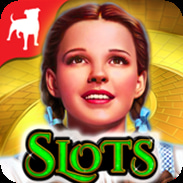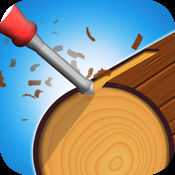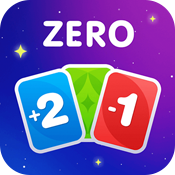Welcome to NaturalMotion’s UK BHM series: Dan Joseph
Dan Joseph joined Zynga in 2014 and is NaturalMotion’s Senior Game Designer on the Racing franchise. With the support and growth opportunities provided by the design team, throughout the last six years Dan worked his way from QA Tester, to Designer, to Senior Game Designer.
Dan says that being a game designer is heavily based on team work rather than building features entirely on one’s own. The role involves incorporating feedback and ideas from many disciplines and team members into the project to ultimately provide players with features that suit their needs. On his own words:
“Your role as a game designer is to empower the team to do the best for the feature they are working on, regardless of what background they come from. What makes a good designer and a good team is having members of all backgrounds and experience levels working to produce great content for our players. I’ve had the privilege of working with some truly talented individuals with completely different upbringings and backgrounds, and we all have a level of respect with each other that we can talk about those different cultures/experiences and learn from them. “
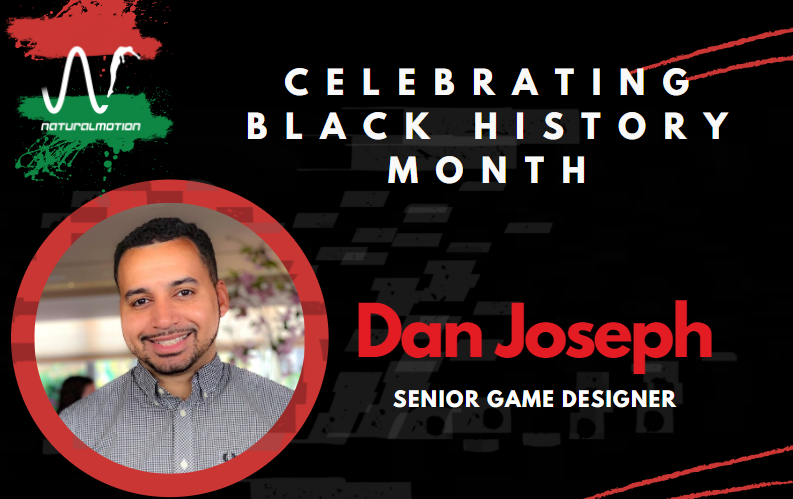
Read on to learn more about Dan’s day-to-day as a senior game designer, methods he uses to effectively support his team, advice to folks looking to break into the industry and more!
What is your role within NM/BA and how did you get here?
I am a Senior Game Designer on the Racing franchise within NaturalMotion. I joined 6 years ago as a QA tester and switched to a design role about 4 years ago. I started on the Events team where my focus was on giving the players great short-term content to engage with and overtime moved more towards giving our elder-players content focused on long-term journeys. My current focus within Racing is supporting the creative leadership in curating features that answer the vision they have for the franchise; specifically around Elder-Meta and Social features.
Walk us through your typical day.
Depending on the stage of the feature I’m working on, my typical day to day changes. The early stages require a lot of researching and understanding why a feature was/is so successful in a game and how that would look in our game. Mid/late stages involve constantly playing and tweaking the feature with the team to ensure it’s the best it can be and is headed in the right direction in terms of the goals set for the feature.
What are you most proud of when working on the game(s)?
I was the lead designer on the Legends feature; an expansion to the CSR2 system with classic cars added to the game. The feature team we had, the scale of the project, and the excitement and momentum around that feature was a great experience and an exciting time in my career. I’m lucky to have worked alongside the talented team members on that feature; we worked so well together and had really strong support from the leadership team.
Tell me how the company supported your growth?
I always knew I wanted to be a designer and was fortunate enough to be supported by the design team at NM Racing from my starting role as QA tester suggesting improvements and shadowing features, to a game designer where I am now pitching my own features. Within NaturalMotion I have continued to receive support with my growth into the senior game designer position and into further progression.
What is a common misconception your industry faces and what is the reality?
One of the common misconceptions I hear is that a Game Designer comes up with the entire feature alone and then the development team follows it exactly how it is written in the document. In reality, agile development and working as a team means that the feature changes all the time, and when you have a great team, the ideas come from any discipline and are shaped together into the final product. It’s never really your feature as a designer, it’s the player’s feature and what they want from it.
The best part of performing an external playtest or releasing a feature to live is when you hear player feedback. Whether they love it or hate it, the passion is there and you know what you need to do next.
How do you support your team?
I work in an “ask me anything” type of environment. I love and encourage people to challenge my designs so that we can transform them into something better. As soon as that happens it’s no longer my design, it becomes our design and that is a powerful way to work. It allows the team to stay motivated and connected to achieve solid features.
Do you have any mentors or leaders that have helped or inspired you throughout your career?
I’ve been fortunate to have a number of mentors at NM from across a range of disciplines that have shaped me into the designer I am today. Through good communication, open-door policies, and honest opinions, I’m designing/working on features I didn’t think I was capable of before I started at NM. The scale and responsibilities of the types of features I work on only continue to grow with the support and trust received from those mentors.
What advice would you give someone trying to break into the industry?
It’s very hard to get straight into the industry as a game designer as there are few opportunities for entry-level designers these days. I highly recommend going into the industry through QA testing, especially in the mobile market. You learn so much from so many disciplines in-house that when the time comes, you’ll be a well-rounded designer who can move into multiple specialized areas.
Another point would be to play everything, even games you don’t like, as you will be surprised by what you can learn and pick out as a good system. If you only play the same type of games, you’ll limit the ideas you can bring to the table in a brainstorm. I’d say that also comes from media outside of videogames including books, films, travel; there’s so much out there to influence you and broaden your toolset.
